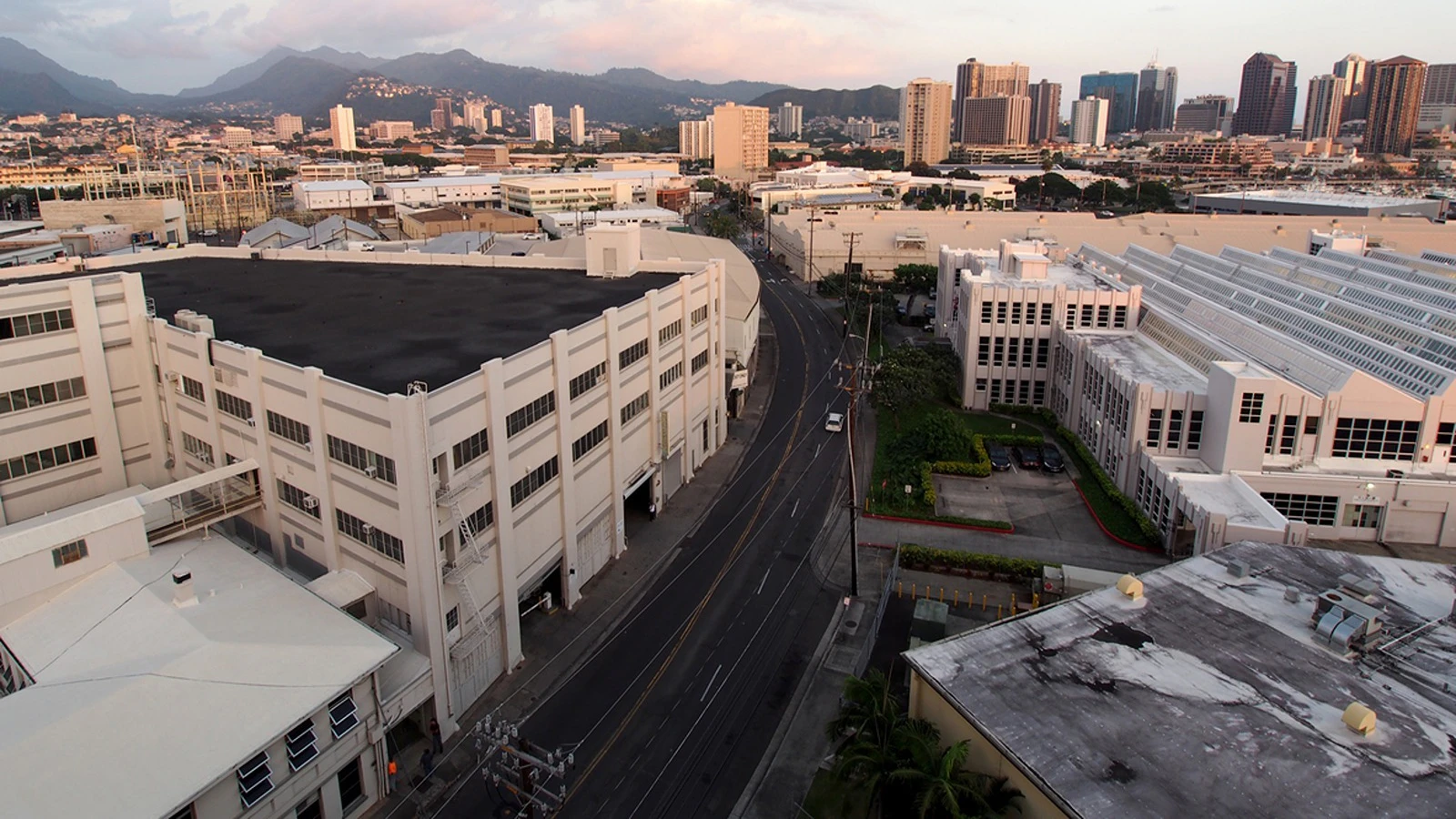The road to sky-high housing costs has been paved with good intentions.
An excellent example of this is found in Hawaii’s school impact fees, which are levied on homebuilders but ultimately paid for by homebuyers.
In theory, school impact fees are supposed to help fund the construction and renovation of K-12 schools. In practice, the fee program is poorly managed, has not spent a penny of the money collected since 2007, and is likely unconstitutional. What’s more, it can add as much as $5,778 to the cost of building a housing unit.
In a new white paper from the Grassroot Institute of Hawai‘i, “Getting schooled: The case against school impact fees in Hawaii,” researchers Jonathan Helton and Drew Luff write that there are only four school impact districts statewide — two on Oahu and two on Maui — that collect fees for new construction, but those fees can add up.
Even people building a backyard ADU are subject to impact fees. For example, Rosemary and Christian Blando applied to build an ADU in the yard of their home in Kahului. They were notified that they would have to pay $5,373 in school impact fees before they could proceed. That’s more than five times their permit fee and approximately 6% of the total cost of the project.
Clearly, school impact fees are adding to the cost of housing in Hawaii.
If that isn’t worrisome enough, the Hawaii Office of the Auditor found serious problems with the way that the school impact fee program is administered, not least of which is that it is likely to be unconstitutional.
That’s because the U.S. Supreme Court has set forth “nexus” and “proportionality” requirements between new developments and government exactions such as impact fees. Hawaii’s large school impact districts ensure that school impact fees would likely fail the “nexus” test, given that they would allow money to be spent on schools in areas that are not at all impacted by the new construction for which the fee is being paid.
On top of all of these problems, there’s also the fact that school enrollment figures in the impact districts have been declining. Over the past seven years, enrollment in those districts decreased by almost 12%, suggesting there’s no need to collect funds for school expansions in those areas.
To be clear, I understand that the fees are intended to not only build new schools but also fund much-needed school renovations. But as I said about intentions, their results don’t always match their purpose. The Hawaii School Facilities Authority has collected more than $21 million in school impact fees and done nothing with them.
None of this is to suggest that we shouldn’t improve the quality of Hawaii’s school facilities. But school impact fees are not the proper vehicle to do so. The program is a failure, the methodology is legally suspect, and their only tangible effect is to increase housing prices.
It’s also worth noting that school impact fees are so burdensome that they were suspended by the governor in his affordable housing and Lahaina proclamations.
Fortunately, there is a way to permanently end school impact fees. The Legislature is currently considering HB422, which would abolish the school impact fee program and transfer its balance to the School Facilities Special Fund.
Not only would this bill end a bad and expensive program, it could also open up a new discussion about the best way to address school facility needs without driving up the cost of housing.
Keli‘i Akina, Ph.D. is president and CEO of Grassroot Institute of Hawai‘i. Reprinted with permission from Akina's March 15, 2025 newsletter.





